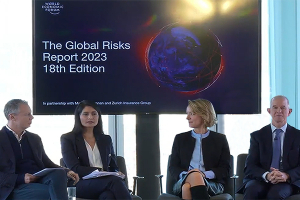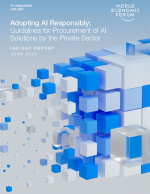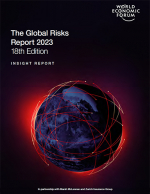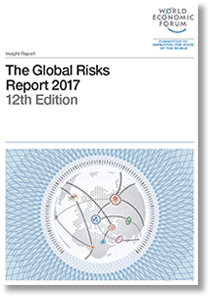The Global Risks Report 2017
This 12th edition of The Global Risks Report is published at a time of heightened political uncertainty, following a year of unexpected electoral results, particularly in the United States and the United Kingdom, deepening generational and cultural divisions are amplifying the risks associated with sluggish economic recovery and accelerating technological changes.
For over a decade, The Global Risks Report has focused attention on the evolution of global risks and the deep interconnections between them.
The Report has also highlighted the potential of persistent, long-term trends such as inequality and deepening social and political polarization to exacerbate risks associated with, for example, the weakness of the economic recovery and the speed of technological change.
These trends came into sharp focus during 2016, with rising political discontent and disaffection evident in countries across the world.
The highest-profile signs of disruption may have come in Western countries – with the United Kingdom’s vote to leave the European Union and President-elect Donald Trump’s victory in the US presidential election – but across the globe there is evidence of a growing backlash against elements of the domestic and international status quo.
Topics covered in The Global Risks Report include:
The Global Risks Landscape
One of the key inputs to the analysis of The Global Risks Report is the Global Risks Perception Survey (GRPS), which brings together diverse perspectives from various age groups, countries and sectors: business, academia, civil society and government.
Social and Political Challenges
After the electoral shocks of the last year, many are asking whether the crisis of mainstream political parties in Western democracies also represents a deeper crisis with democracy itself.
Managing the Fourth Industrial Revolution
The final part of this Report explores the relationship between global risks and the emerging technologies of the Fourth Industrial Revolution (4IR).
The Report concludes by assessing the risks associated with how technology is reshaping physical infrastructure: greater interdependence among different infrastructure networks is increasing the scope for systemic failures – whether from cyberattacks, software glitches, natural disasters or other causes – to cascade across networks and affect society in unanticipated ways.
What’s Related




Favorites





